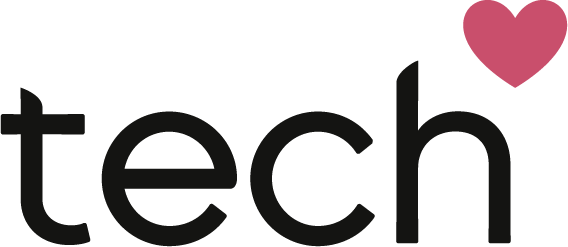Landscape Review of low-cost connectivity technologies to support digital inclusion in housing and social care
Jan 2025
Here is our comprehensive landscape review of low-cost connectivity technologies aimed at promoting digital inclusion in housing and social care. This resource is designed to enhance understanding and accessibility to the internet for everyone involved, from service managers to tenants. With topics ranging from assessing digital maturity to navigating social tariffs, you’ll find valuable insights tailored to support various stakeholders on their digital journeys. Explore how we can collectively benefit from improved connectivity!
What are social tariffs, and how do they support digital inclusion?
Social tariffs are low-cost internet packages offered by some providers specifically for individuals receiving government benefits. These tariffs aim to make internet connectivity more affordable and accessible for low-income households, helping to mitigate the financial pressures they face while ensuring that they can maintain access to essential online services.
Social tariffs are designed for those receiving benefits such as Universal Credit, Jobseekers Allowance, Income Support, Employment Support Allowance, Personal Independence Payment, or Pension Credit. They are viewed as essential utilities rather than luxuries, as having internet access enables users to access vital information, services, medical advice, and social connections, which can greatly enhance their health and wellbeing.
The provision of social tariffs is crucial in addressing digital exclusion, which affects many individuals who may lack the resources or awareness of available connectivity options. This support helps empower users by improving their online skills and facilitating their engagement in the digital world, ultimately leading to increased independence and wellbeing




